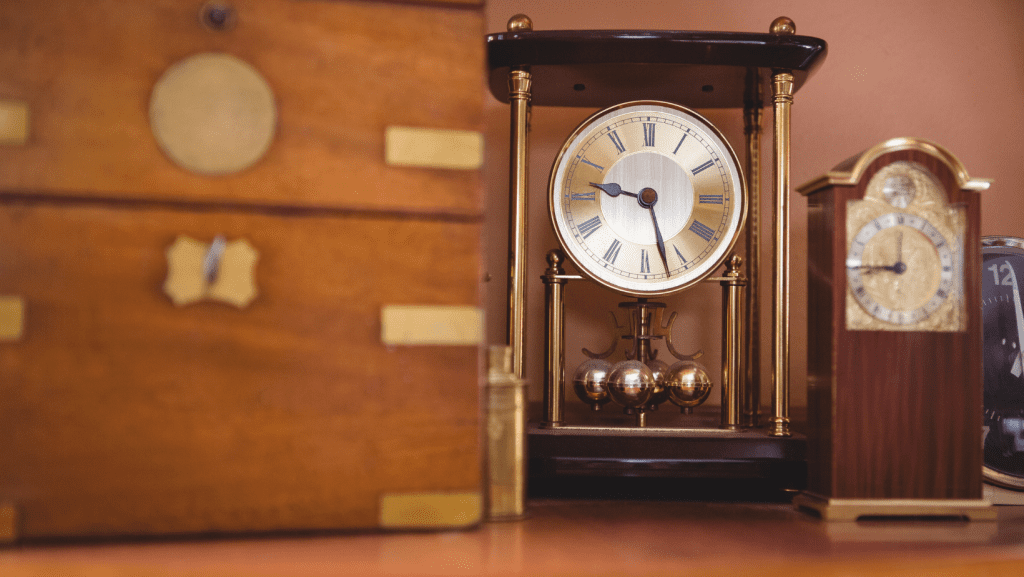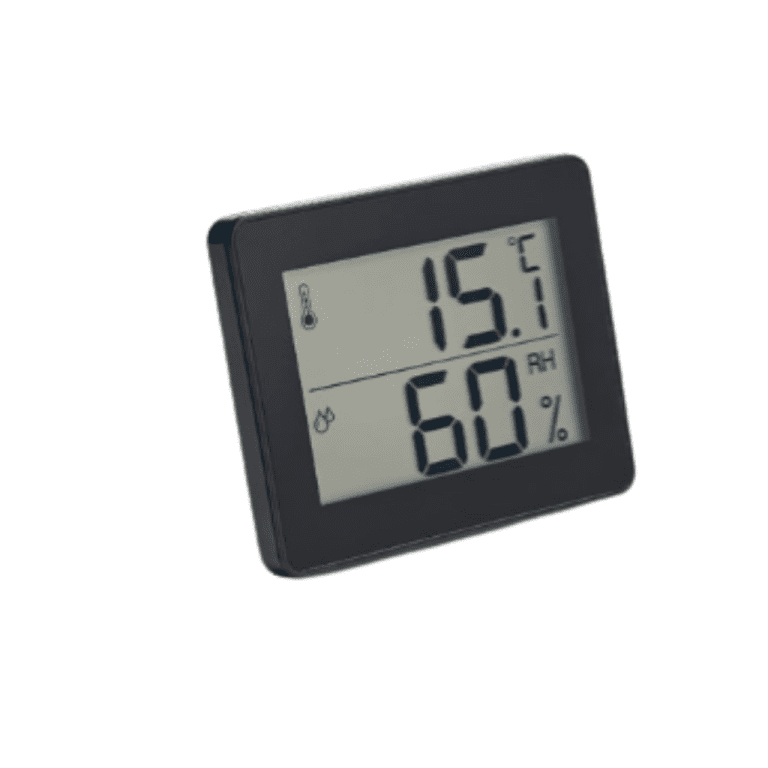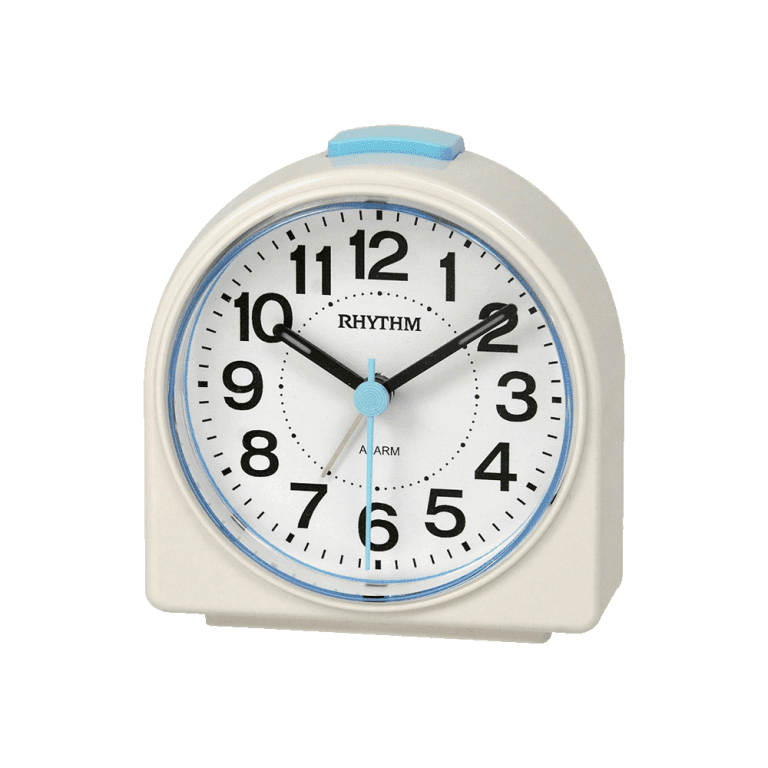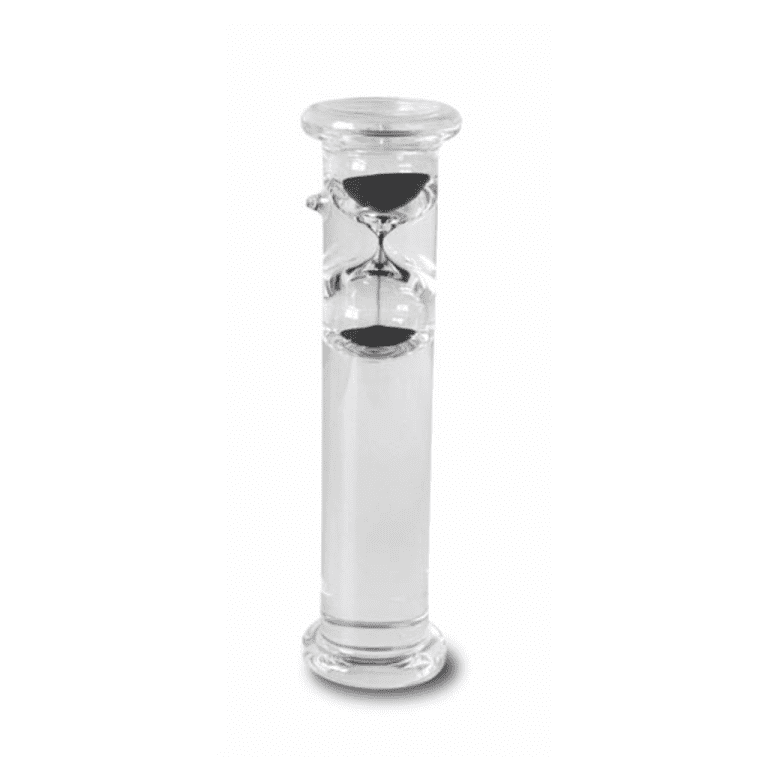|
While many things may affect the timekeeping rate of your clock, none will affect it as much as changes in the ambient temperature of its environment, assuming the mechanics of the clock are in good working order. Excessive friction from any source can have an adverse effect on the time keeping ability of the movement. Every moving part must be good condition and properly lubricated for the geartrain to operate as freely as possible. Friction leads to wear which is your clock’s number one enemy. Regulation or the act of adjusting the rate of an pendulum clock is a simple series of steps repeated until you achieve the desired affect. You will accomplish this by changing the location of the center of gravity along the length of the pendulum. Once you have observed a change in timekeeping over the course of several days, it’s time to begin the regulation procedure. Keep a pad and pen handy for recording notes, include the starting error and all adjustments you make as this will greatly assist the process. Remember to use a rate of error that’s consistent, such as minutes or seconds per 24 hours, and to use the same time source for making all of your comparisons. Adjusting the pendulum shorter will cause your clock to run faster while lengthening it causes it to run slower or simply put “speedup, slowdown.” In the pendulum regulation diagram below, look for the rating nut at the base of the pendulum which is what raised or lowers the pendulum disk or bob. Remember that the pendulum disk may become wedged against the rod, especially in the case of a wooden stick and some help may be needed. Turning the rating nut without affecting the disk has no bearing on timekeeping By turning the rating nut to the right the disk will raise, which will make the clock faster while turning it left will lower the disk and make the clock slower. The rule of thumb is one turn of the regulating nut equals one minute per 24 hours, but your results may prove different and that’s what makes the note keeping important to your success. Recording your actions for three or four daily sessions is normally all that’s needed. You shouldn’t try or expect to correct the error in one session, but rather try to split the difference by half each session, slowly sneaking up on the error without over shooting or see-sawing back and forth. |
Credited to: http://www.bowerswatchandclockrepair.com/














